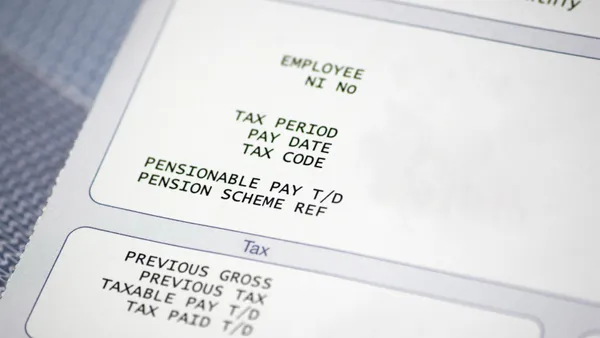The workplace is back in action, and companies around the world are testing a hybrid work model for the very first time. While no two organizations approach hybrid work in the same way, they share many of the same hybrid work challenges. In this post, we'll go over three common challenges that companies are grappling with and how HR teams can approach solving them.
1 – Not enough people come back
Many companies are struggling with enticing people to work on-site. If this is the case for your organization, start by figuring out what your employees need to come back to the workplace. Survey your employees to learn what they'd need in order to feel comfortable and excited to return. Survey insights can help you adjust your protocols so more of your people are willing to return. When you understand why people aren't coming back, you can work on how to make returning to the workplace more appealing.
Here's an example. If employees are worried about health and safety, be sure to reiterate what you're doing to keep people safe. Share photos on Slack of the workplace that features happy returnees. Schedule workplace tours to show people what's new. Be sure to focus on the things people are most concerned about, whether that's safety protocols, having enough quiet spaces, or something else.
Finally, encourage people to share their hybrid work schedules so they know who's going in and when. This will assure employees they're not going back alone and help them plan ahead to meet with work friends and teammates.
2 – Too many people come back at once
Too many people wanting to come back to the workplace is a good problem to have. It's a signal that people value the workplace and you don't want to discourage that. Instead, focus on redistributing attendance so fewer people come in on any one day. This way, you can avoid issues that crop up when too many employees come in at the same time. Some of those issues include:
- Straining your resources and causing overcrowding. This makes for an unpleasant and unproductive on-site experience for employees.
- Not having enough staff to support the number of people on-site and work out the early kinks of hybrid work at the same time.
- Preventing people who need to use the workplace from accessing it because it has reached capacity.
To solve these issues, try offering workplace perks to entice employees to come in on less popular days instead. For example, partner with your friends on the workplace team to offer catered meals on slower days. Share the program with your employees across different channels to be sure people are aware of it.
Another approach is to rebrand less popular days. You can implement "quiet hours" on days when fewer people are in the workplace so people who need to do heads-down work come on-site then. Opposite of that, you may encourage employees to come in on slow days and brand them as "team days" when people can come in and build connections.
3 – Folks aren't using every part of the workplace
If people aren't using certain areas of the workplace, it could be that people are simply not familiar with the spaces. Consider spotlighting underused space to show people what they're missing out on. This could be over email, at your regular all-company meeting, on Slack, or even on signage in the workplace.
Another idea is to steal a tip from the tech world: name your workspaces. This is a great way to reinforce your company's brand while making each space more memorable.
If these tactics don't work, it could be that your space is simply not what employees need. Partner with folks on your workplace team and analyze workplace data to understand which spaces get the most use. You should be able to gain insight into how often people book meeting rooms, when they book them, and how many meetings were attended versus skipped.
—
The challenges of hybrid work are bound to crop up in the workplace. Remember to diagnose the issue first and take an agile approach to solving it. As you test different solutions to problems that come up, you'll move closer to optimizing the workplace for your people. Want more return to work tips? Check out Envoy's eBook, How to identify and solve hybrid work challenges, to tackle workplace issues before they grow more complex.










